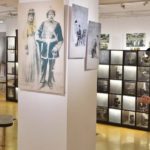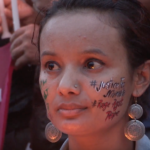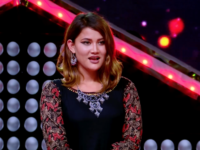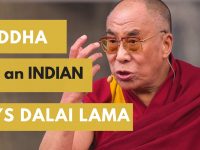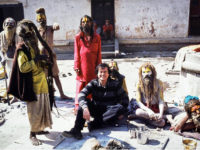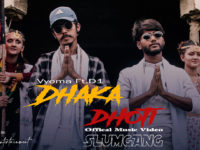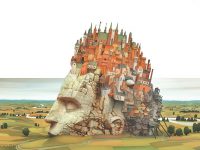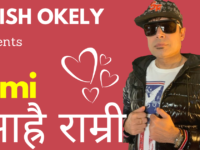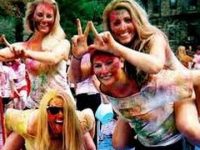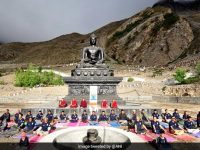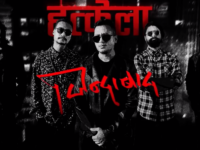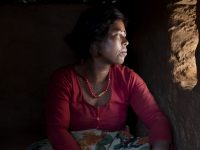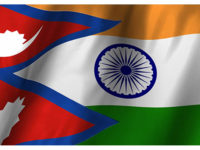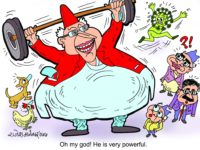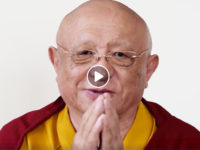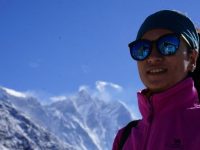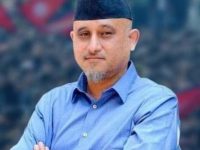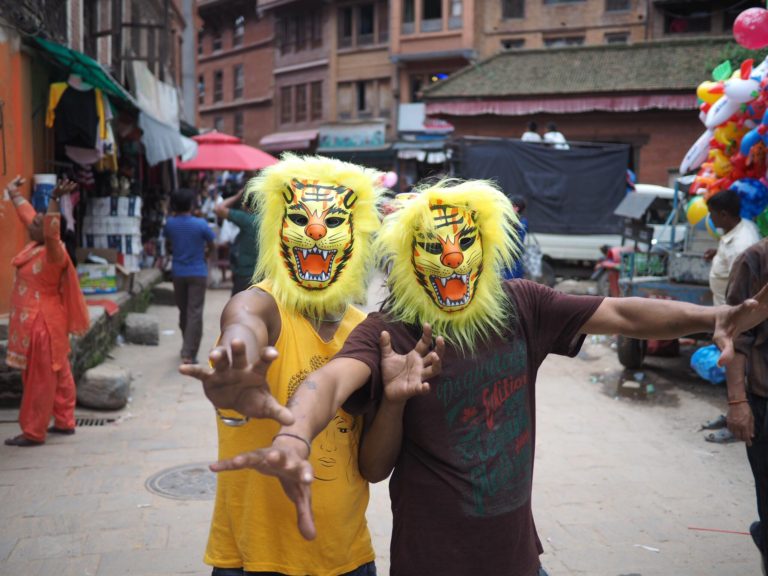Traditional festival of “Gai Jatra” was celebrated in Nepal mainly in Kathmandu, Lalitpur, Bhaktapur and Kirtipur on Monday (August 27th, 2018).
All photos were taken by “Falgun Rana” with Olympus Pen-F camera with Panasonic 20mm f1.7 and Venus Optics Laowa 7.5mm f/2 lenses. None of the photos were edited or retouched.
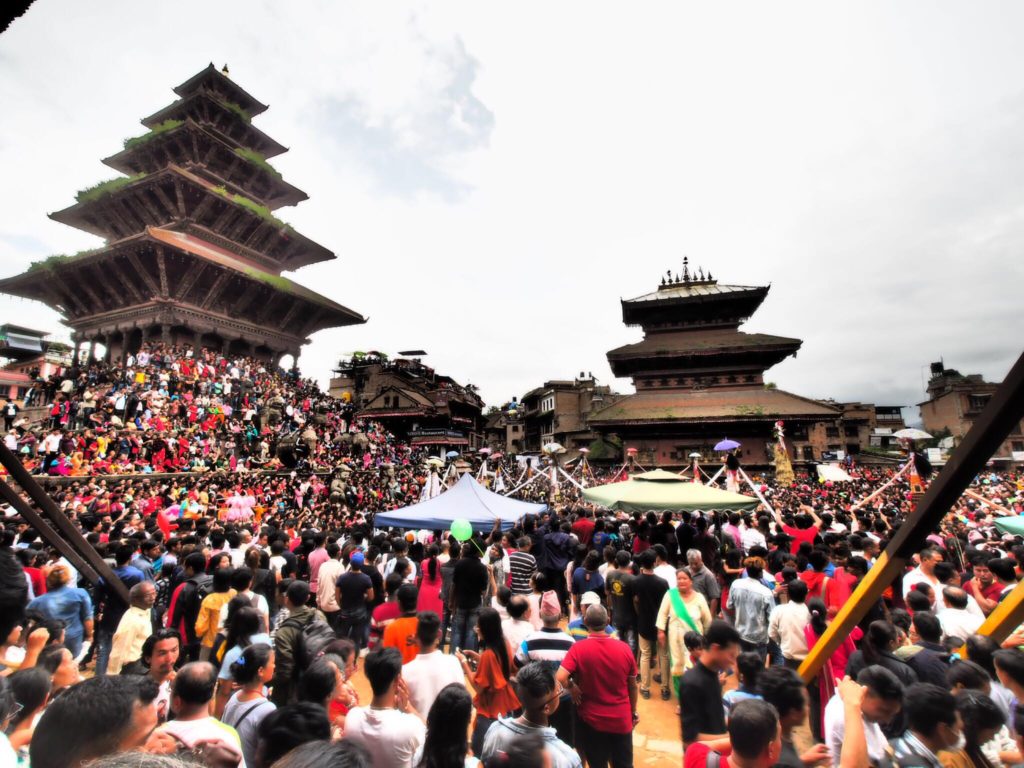
“Gai Jatra” which translates to Festival of Cows commemorates the death of people during the year and is generally. The date is set according to the lunar Nepal Era calendar: it falls on the first day of the dark fortnight of the month of [Gunla].
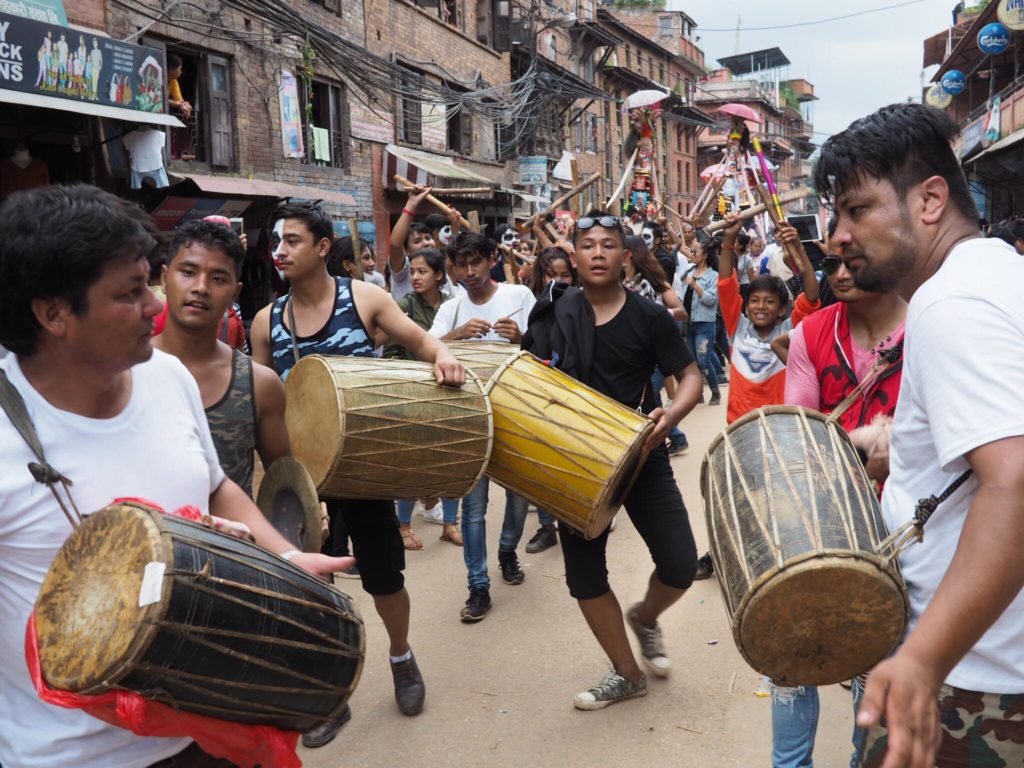
It is celebrated to diminish the sadness from the death of family members. During the festival, cows are marched in the streets. People also distribute food to others.
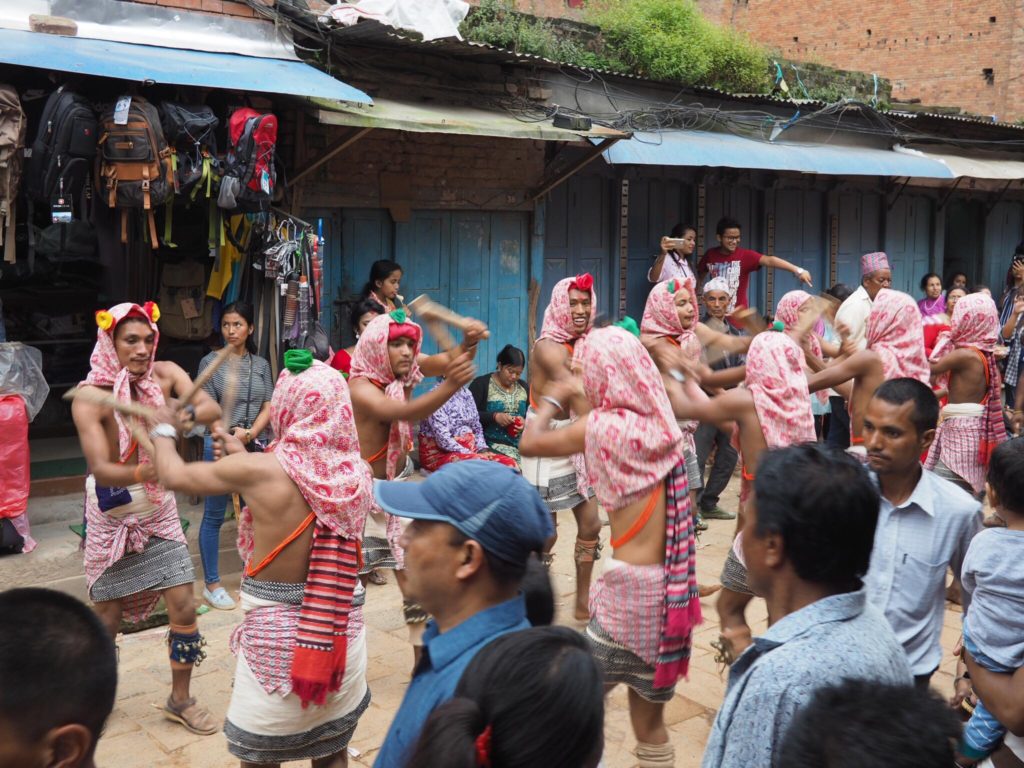
The whole complex of Gai Jatra festival has its roots in the ancient ages when people feared and worshiped Yamaraj, the god of death. However, the ironic sessions synonymous with the Gai Jatra festival entered the tradition in the medieval period of Nepal during the reign of the Malla Kings. Hence, the present form of Gaijatra is a happy blending of antiquity and the medieval era. (wikipedia)
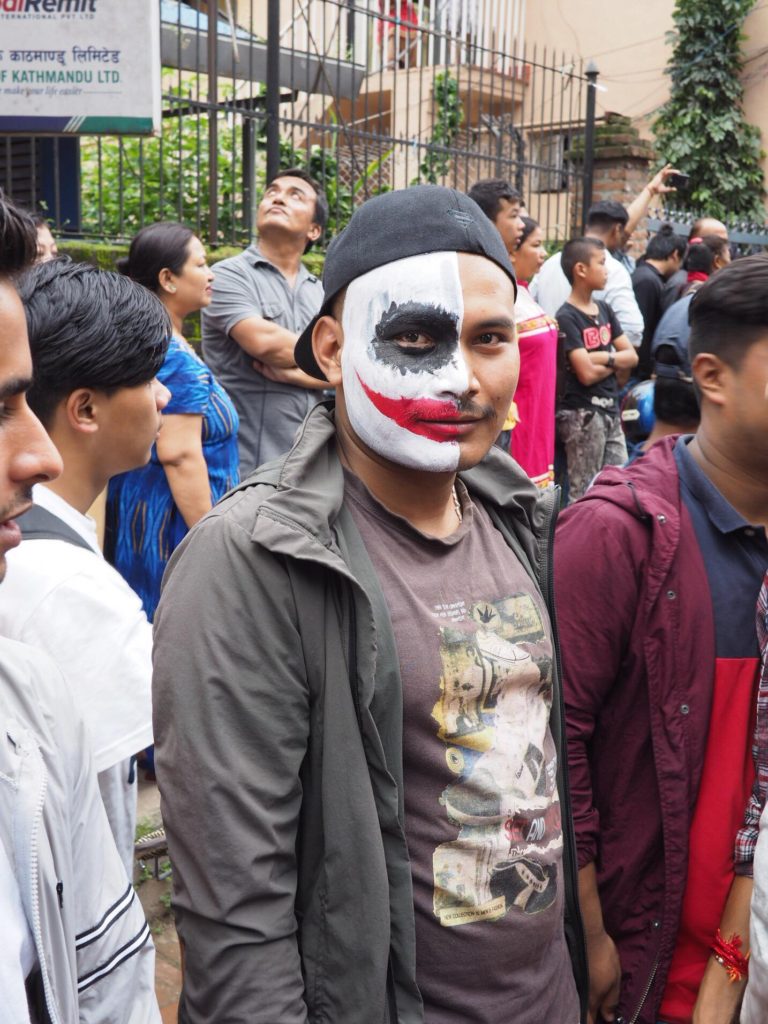
According to the traditions since time immemorial, every family who has lost one relative during the past year must participate in a procession through the streets of Kathmandu leading a cow. If a cow is unavailable then a young boy dressed as a cow is considered a fair substitute. (wikipedia)
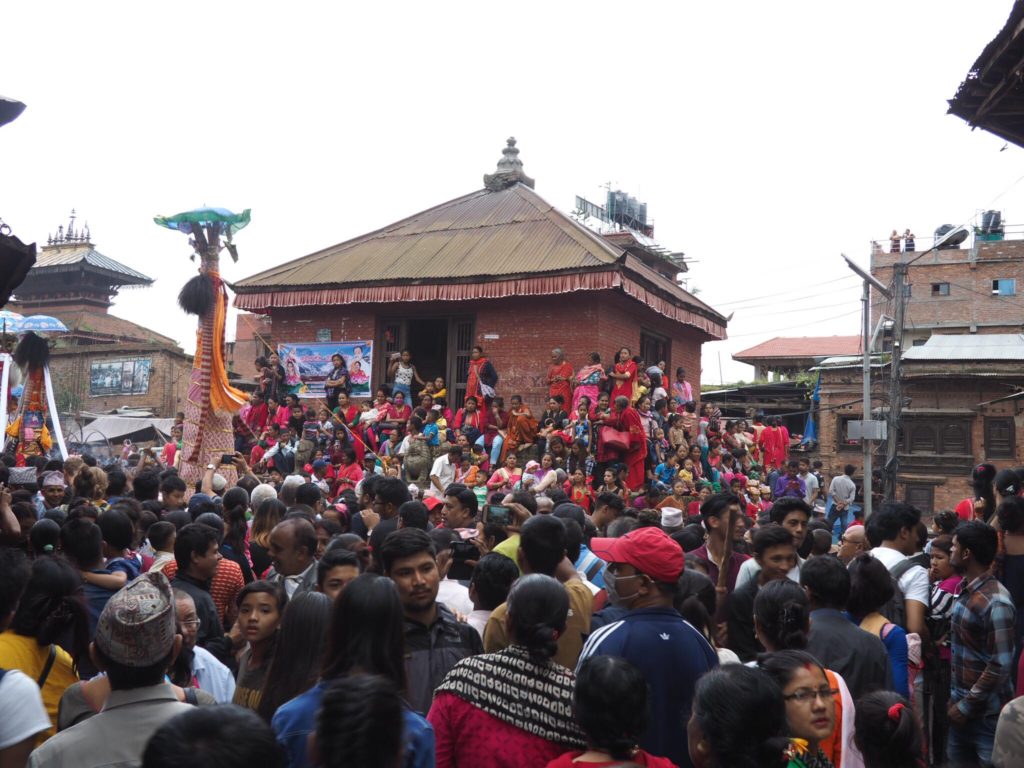
In Hinduism, a cow is regarded the most venerated among all the domestic animals. It is believed that the cow, revered as a holy animal by Hindus, will help the deceased relative’s journey to heaven. (wikipedia)
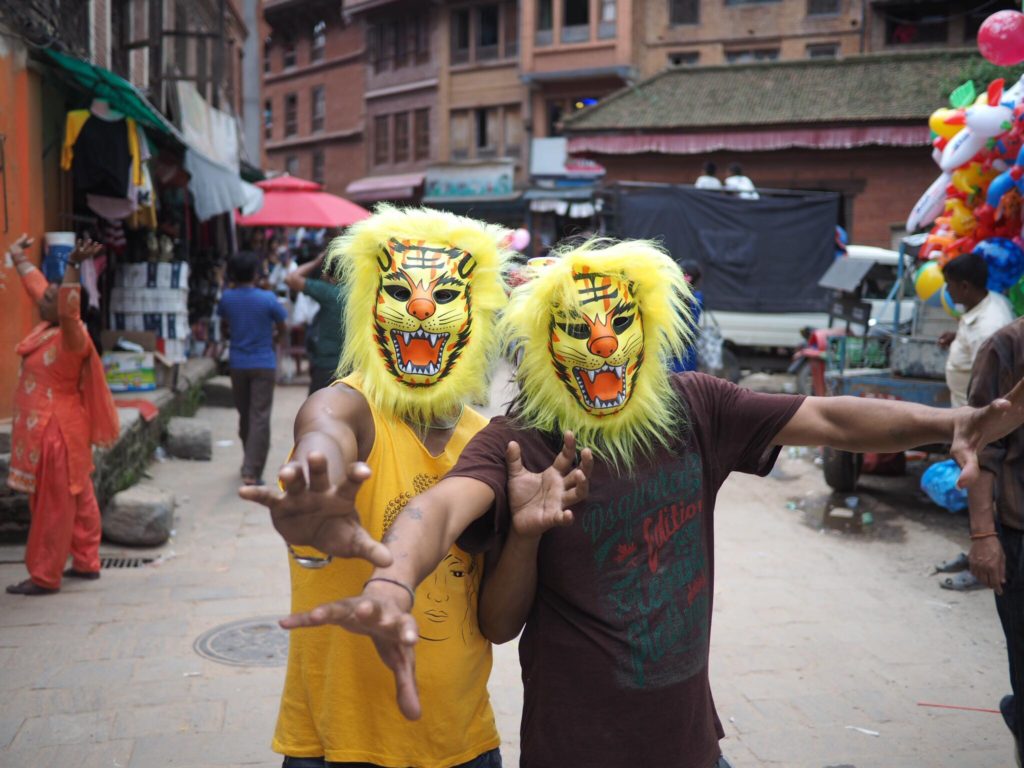
Many local musicians, and a cultural dance calledGhinta Ghisi follow in the wake of a chariot. Men are also seen wearing women’s dress: Hakupatasi. People dress up funnily. There is face painting and masks are common. Children even dress up as Gods and join the parade.
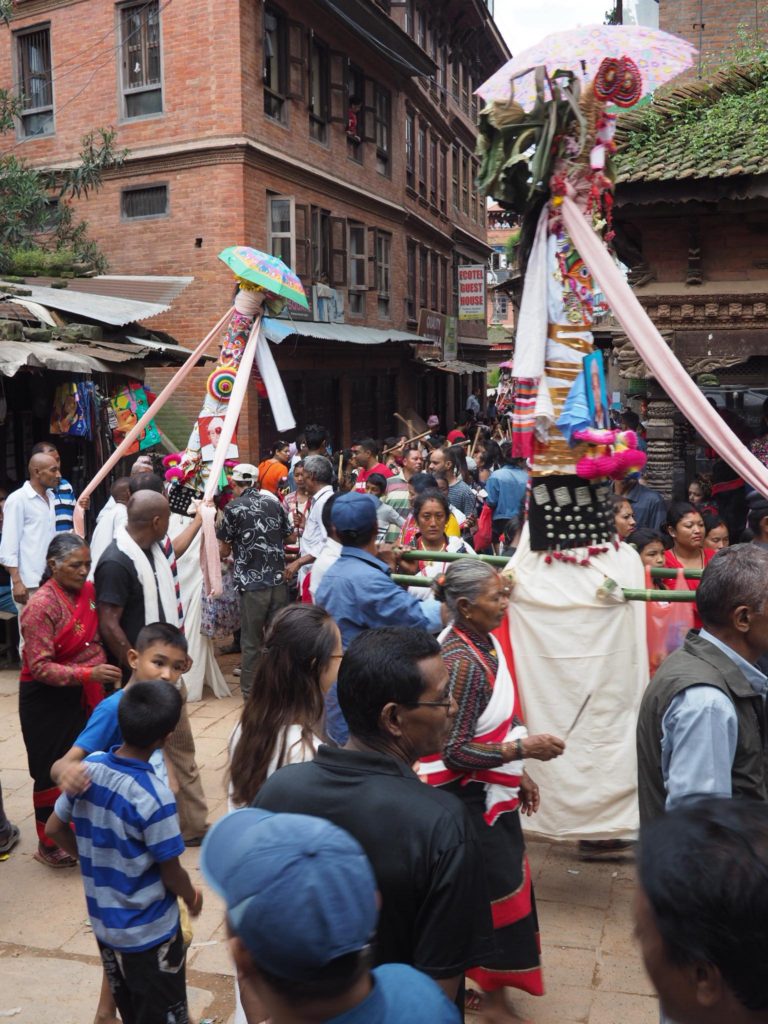
According to the historical evidence, when King Pratap Malla lost his son, his wife, the queen, remained grief-stricken. The king was very sad to see the condition of his beloved queen. The king, in spite of several efforts, could not lessen the grief of his wife. To show his wife that death is a natural part of life, he called on people for a carnival if someone has died in their family. Many people came which showed the queen that it is not only her son had died somebody has died in every family in this festival. (wikipedia)
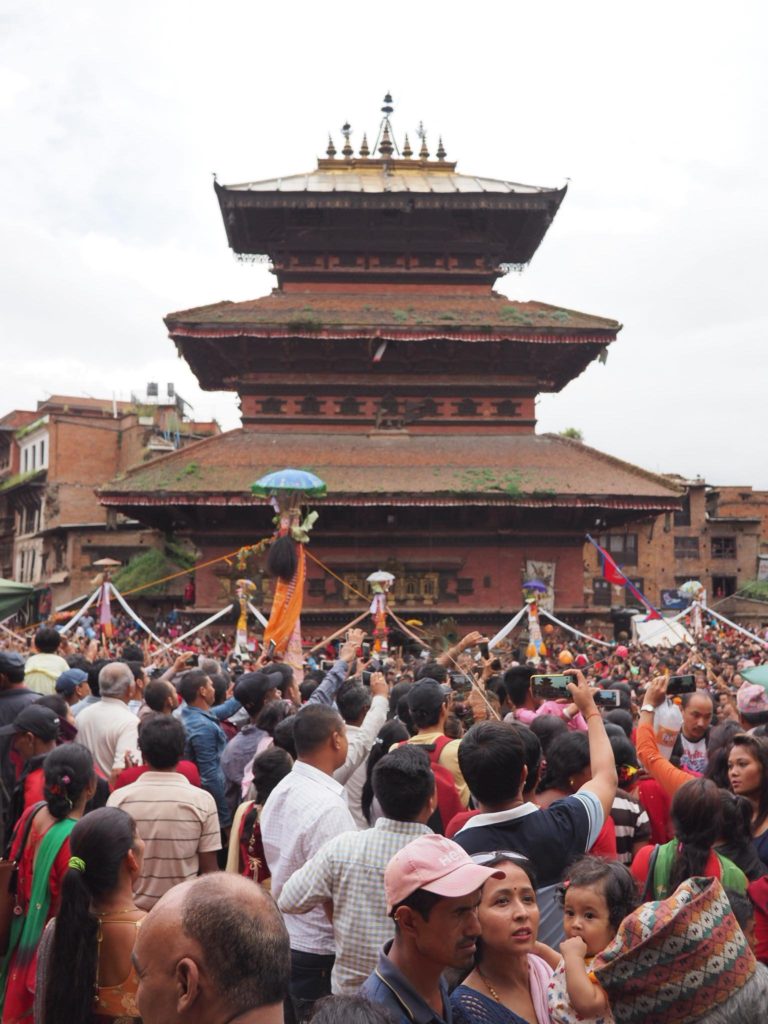
[amazon_link asins=’B01AW10GM8,B06VTW3Y2Z,B01LYWWK92′ template=’ProductGrid’ store=’nepalisite-20′ marketplace=’US’ link_id=’d1847e72-ab29-11e8-aa7a-5f9c8ff01704′]
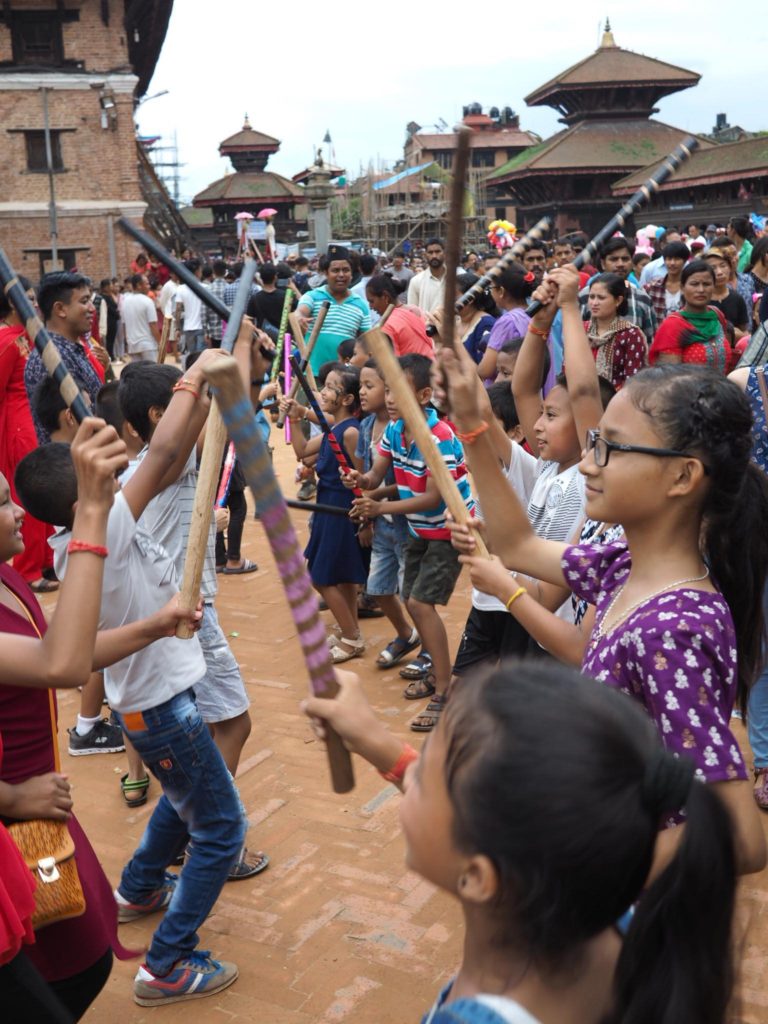
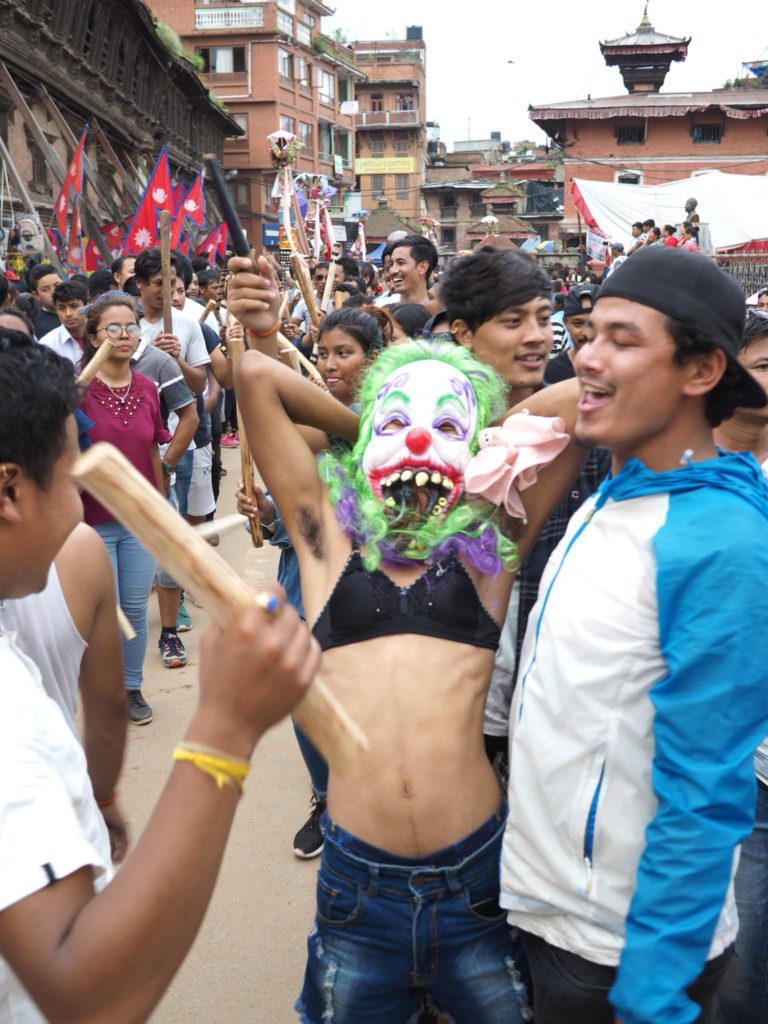
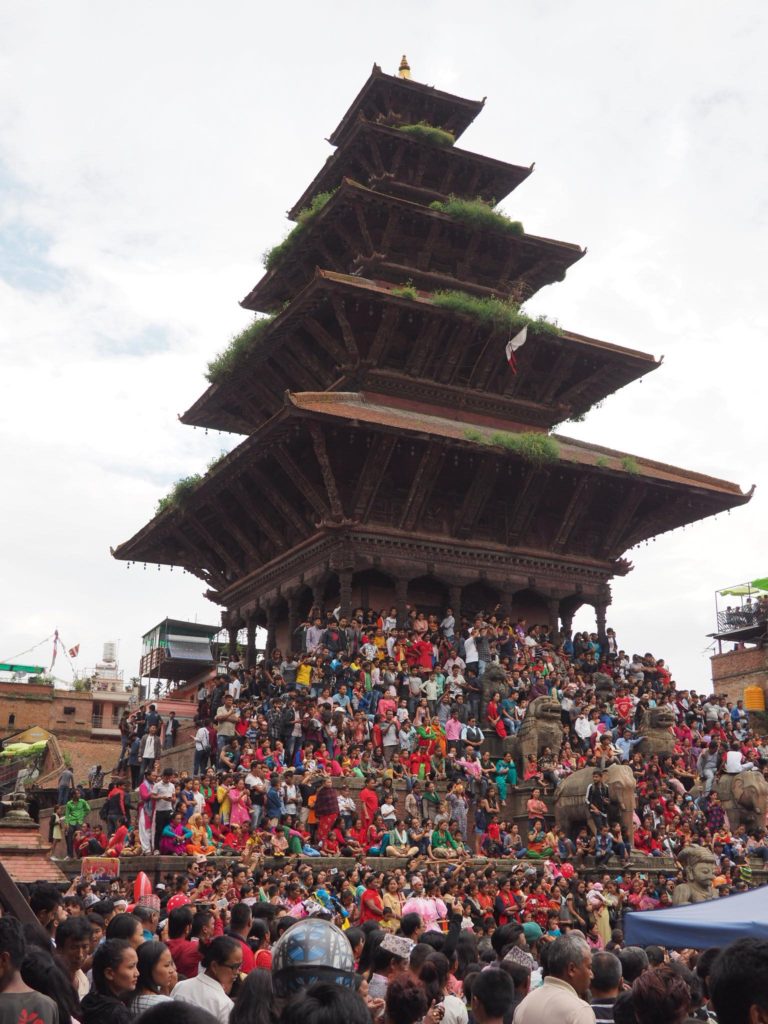
[amazon_link asins=’B01AW10GM8,B06VTW3Y2Z,B01LYWWK92′ template=’ProductGrid’ store=’nepalisite-20′ marketplace=’US’ link_id=’d1847e72-ab29-11e8-aa7a-5f9c8ff01704′]
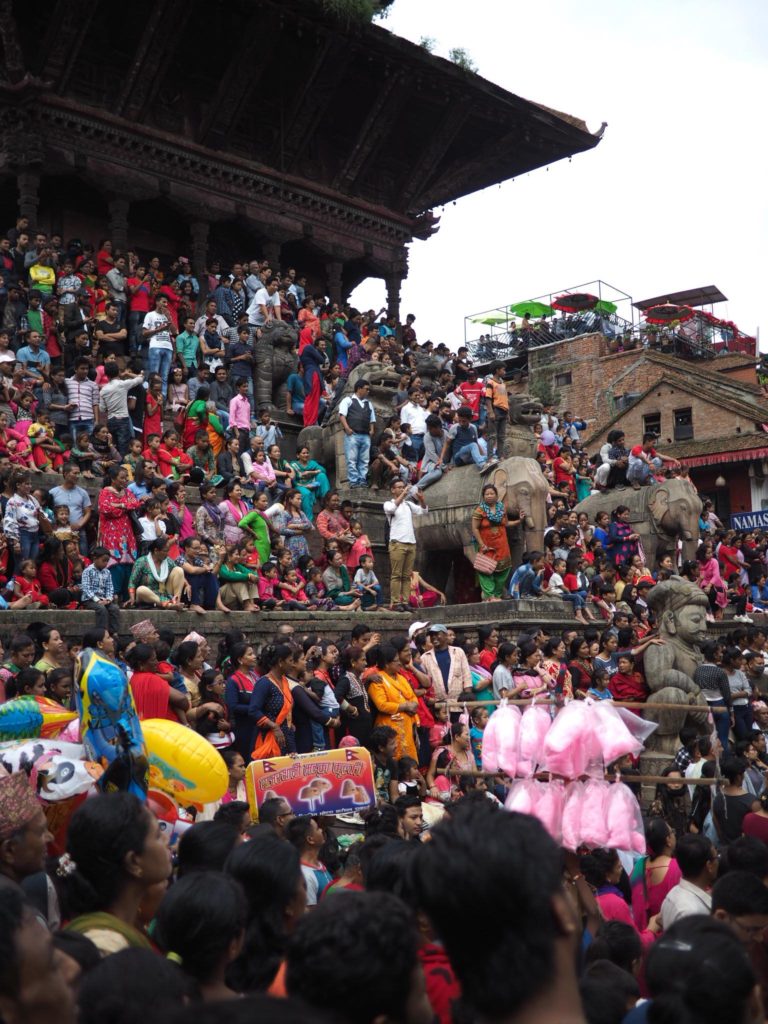
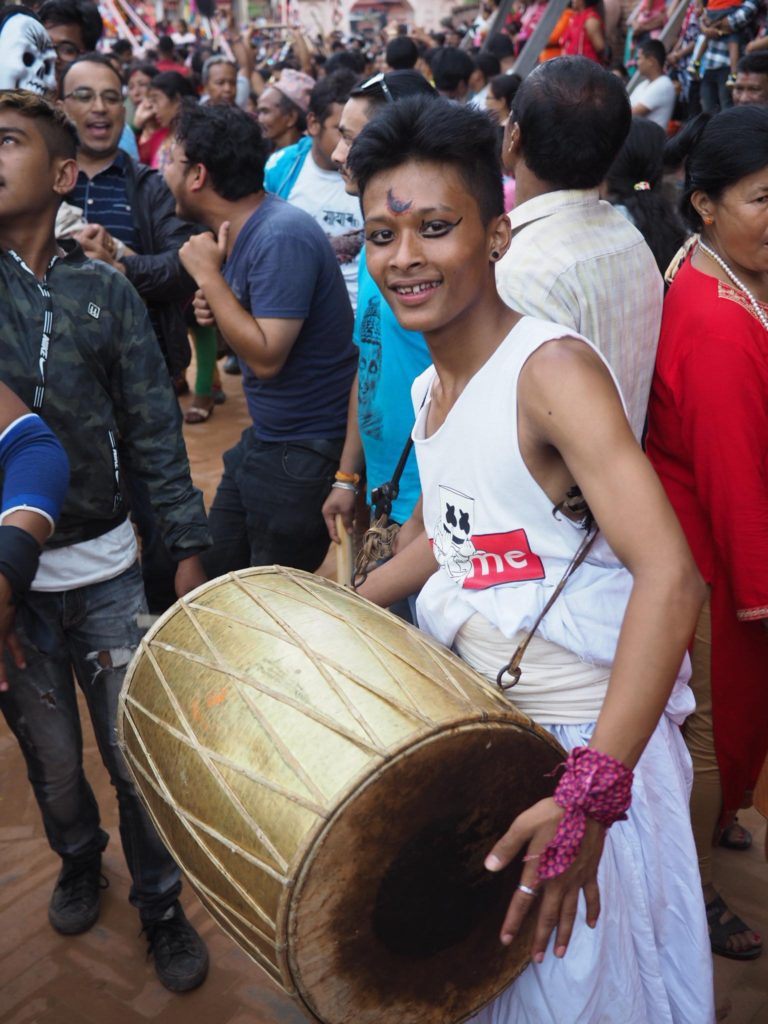
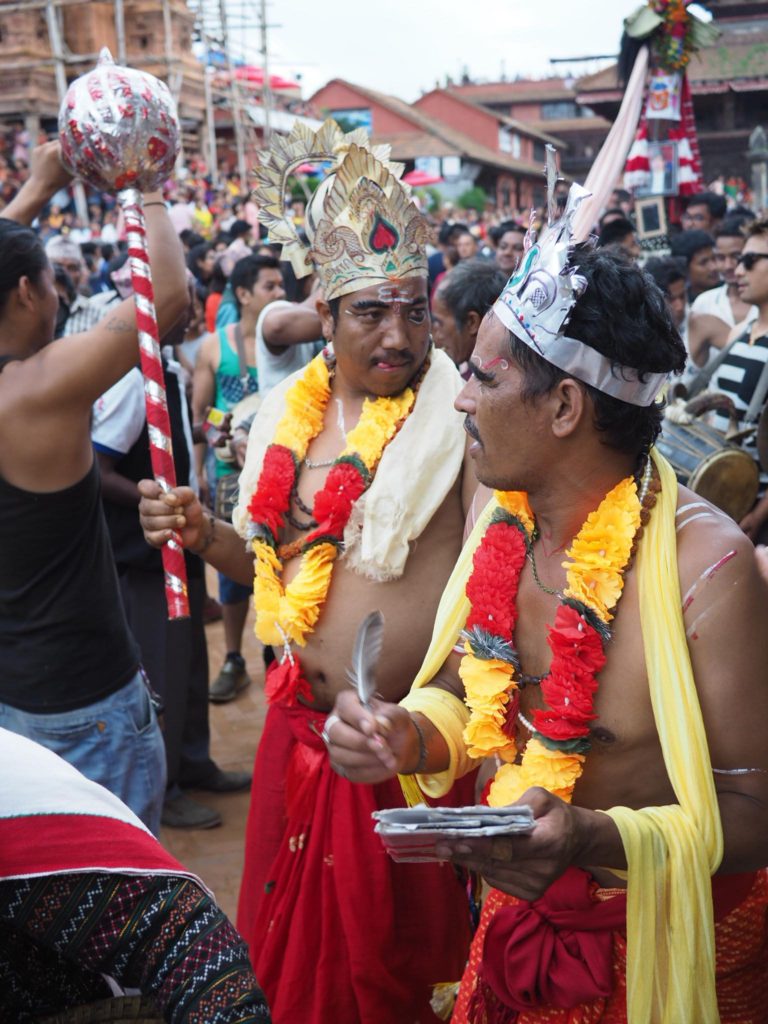
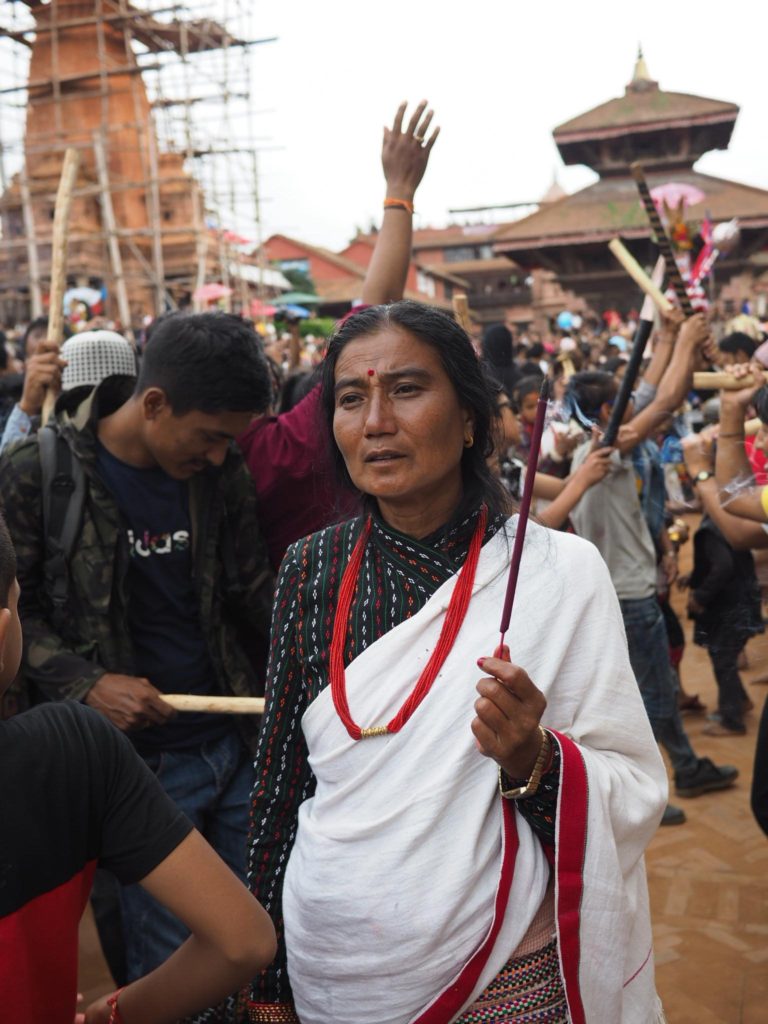
[amazon_link asins=’B00DNU9D84,B0756VGDL2,B073BR5N2K’ template=’ProductCarousel’ store=’nepalisite-20′ marketplace=’US’ link_id=’6b1feb43-ab2a-11e8-81b4-0ddd06592c9c’]
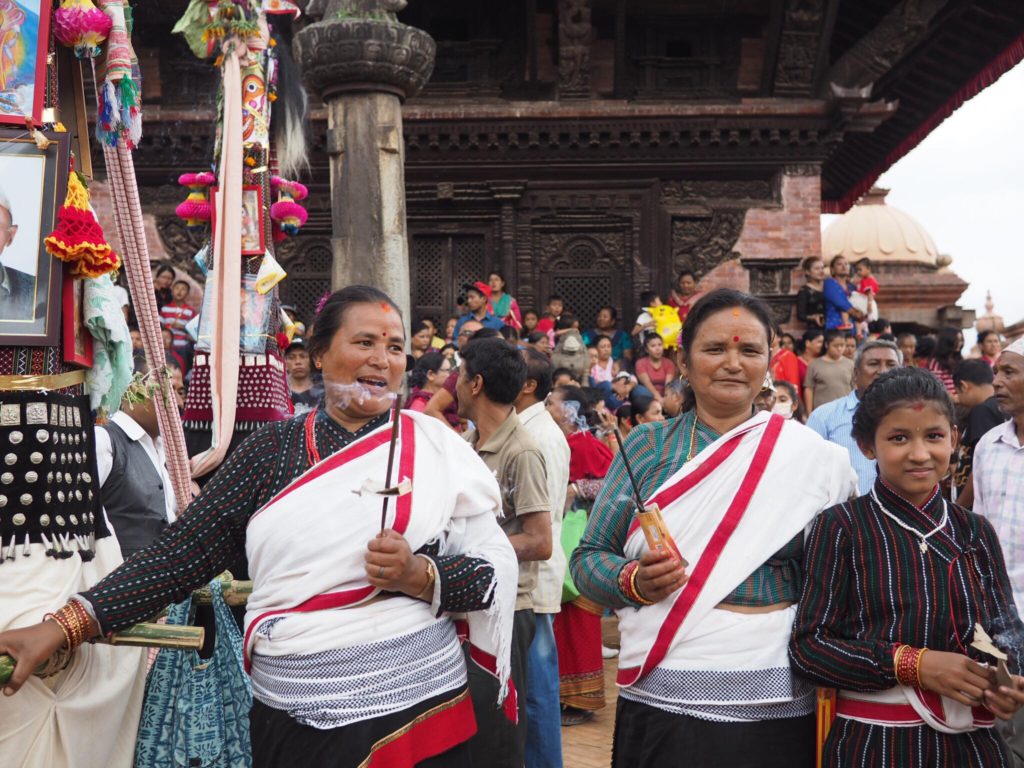
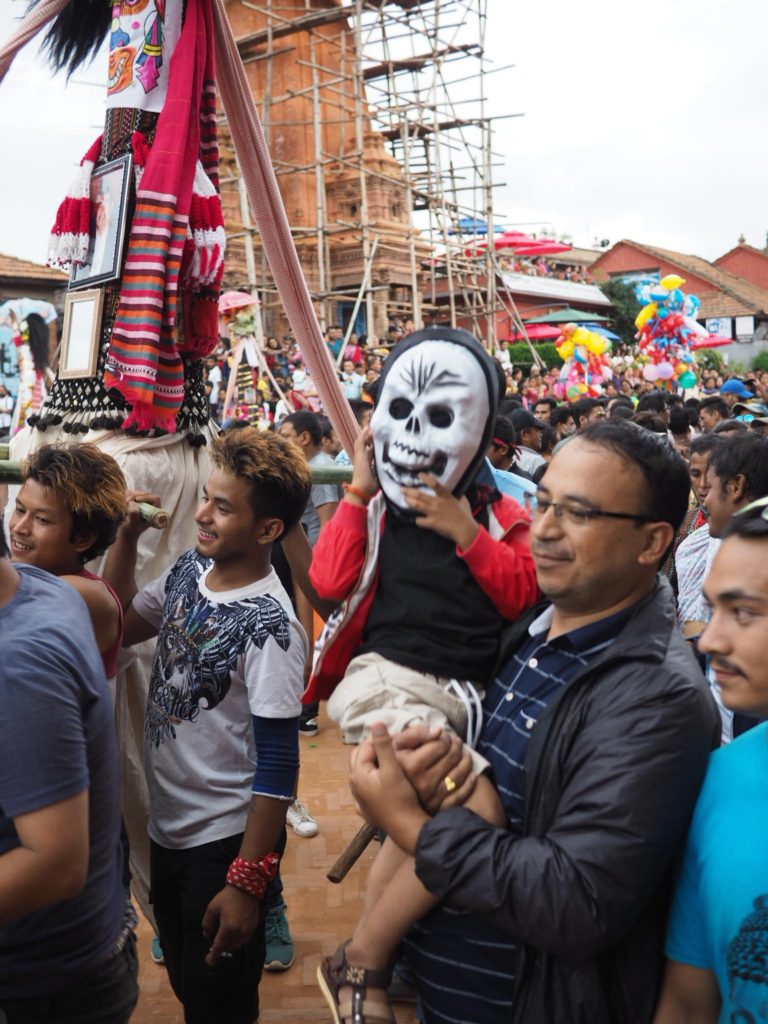
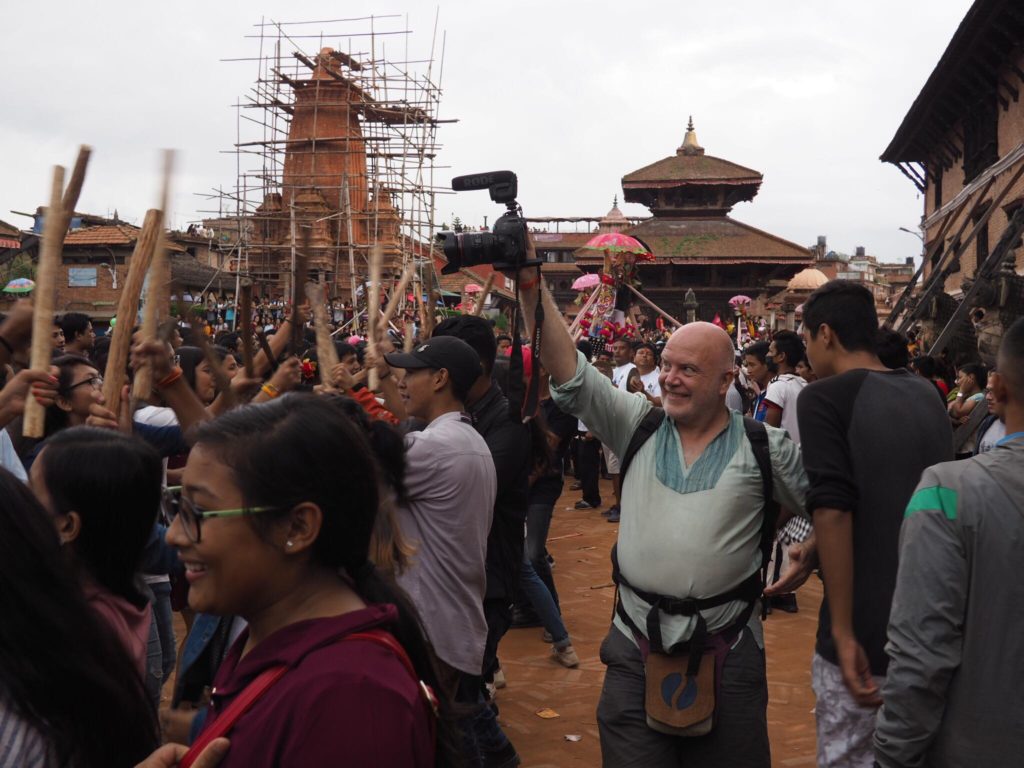
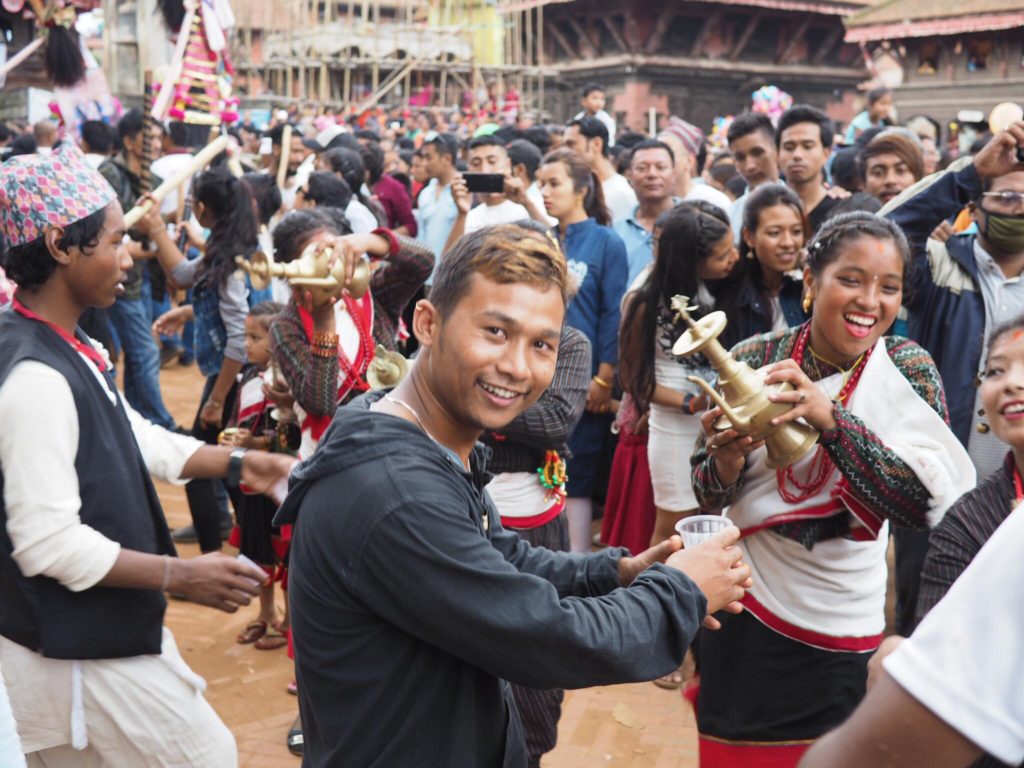
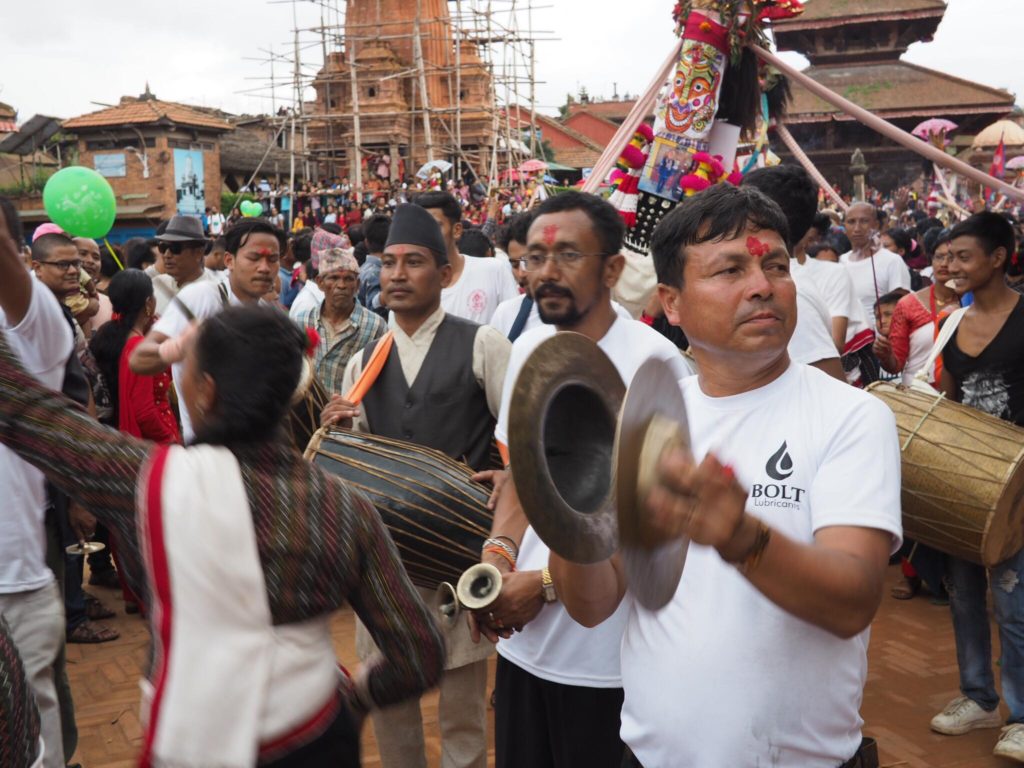
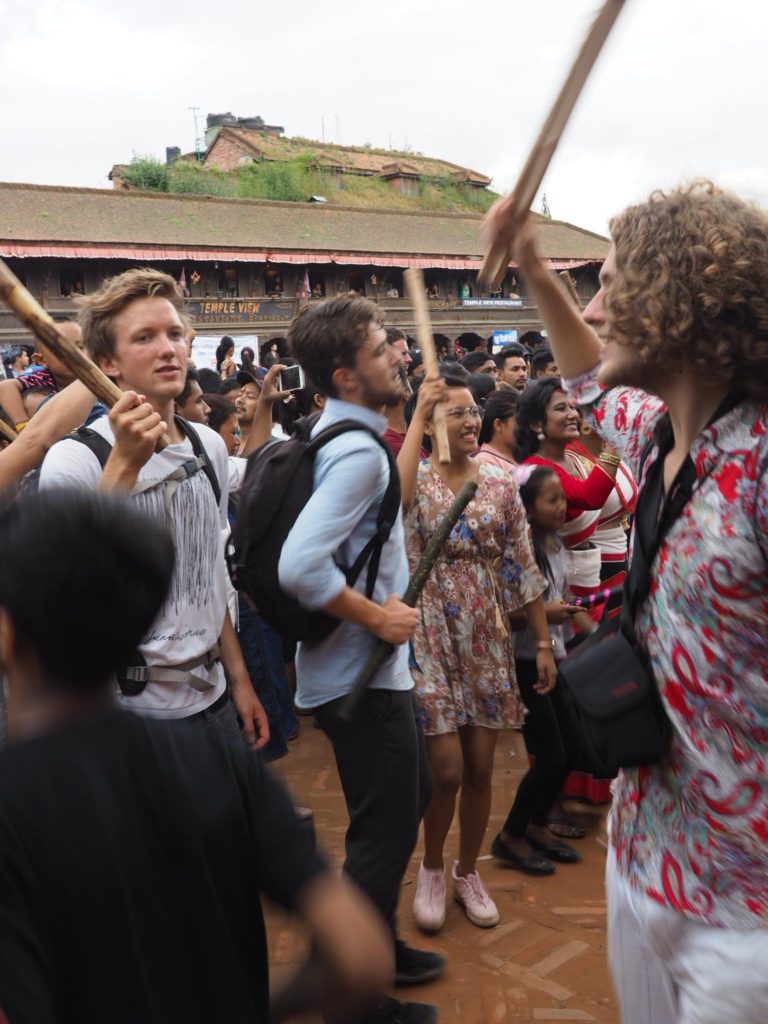
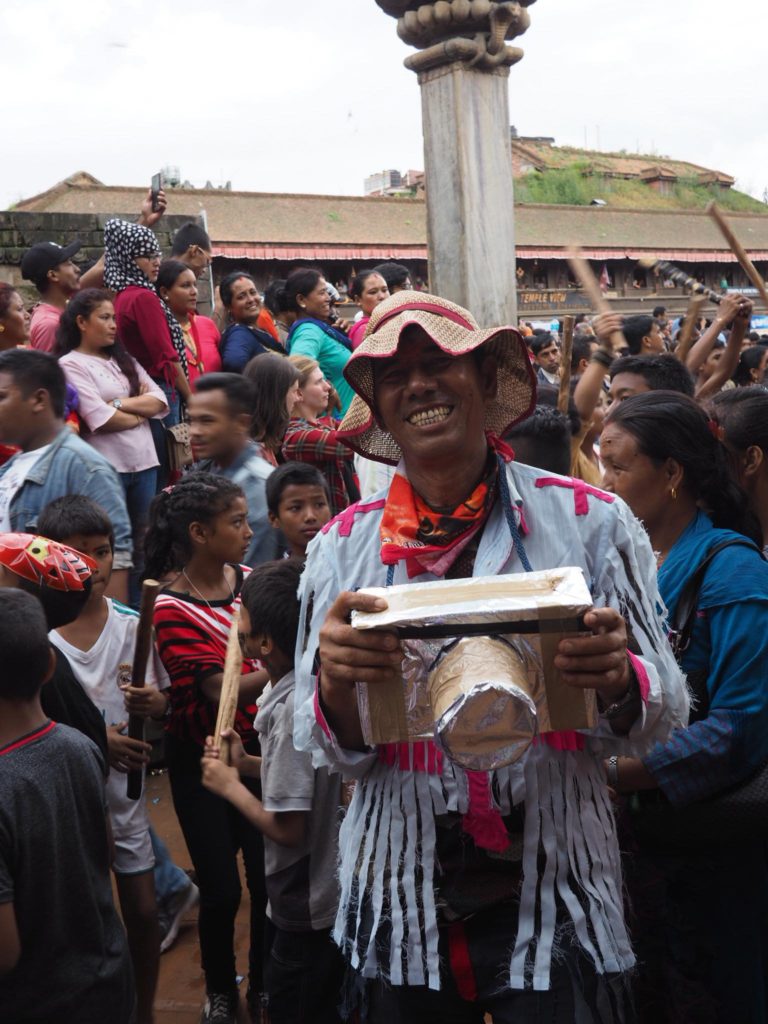
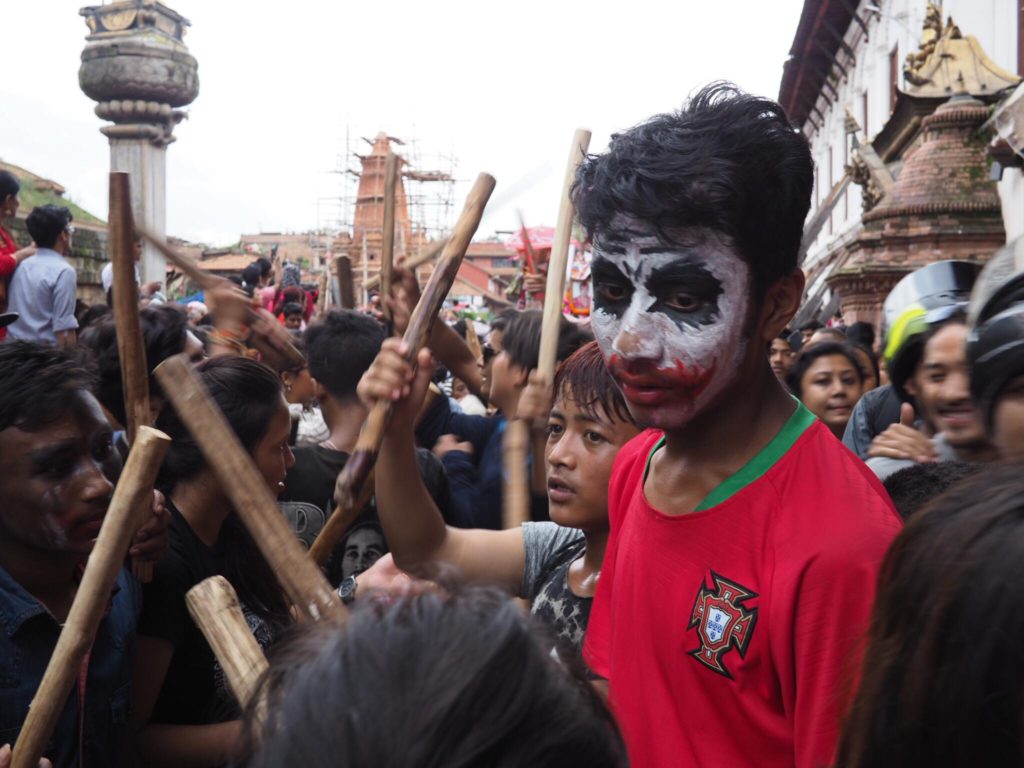
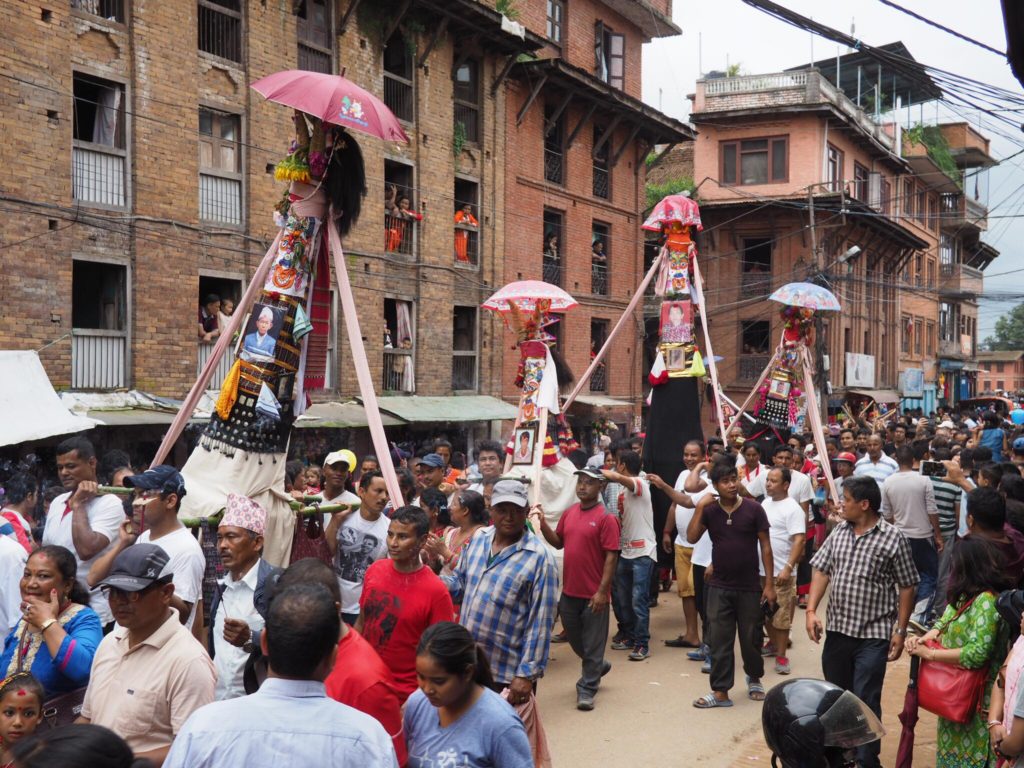
[amazon_link asins=’B00DNU9D84,B0756VGDL2,B073BR5N2K’ template=’ProductCarousel’ store=’nepalisite-20′ marketplace=’US’ link_id=’6b1feb43-ab2a-11e8-81b4-0ddd06592c9c’]
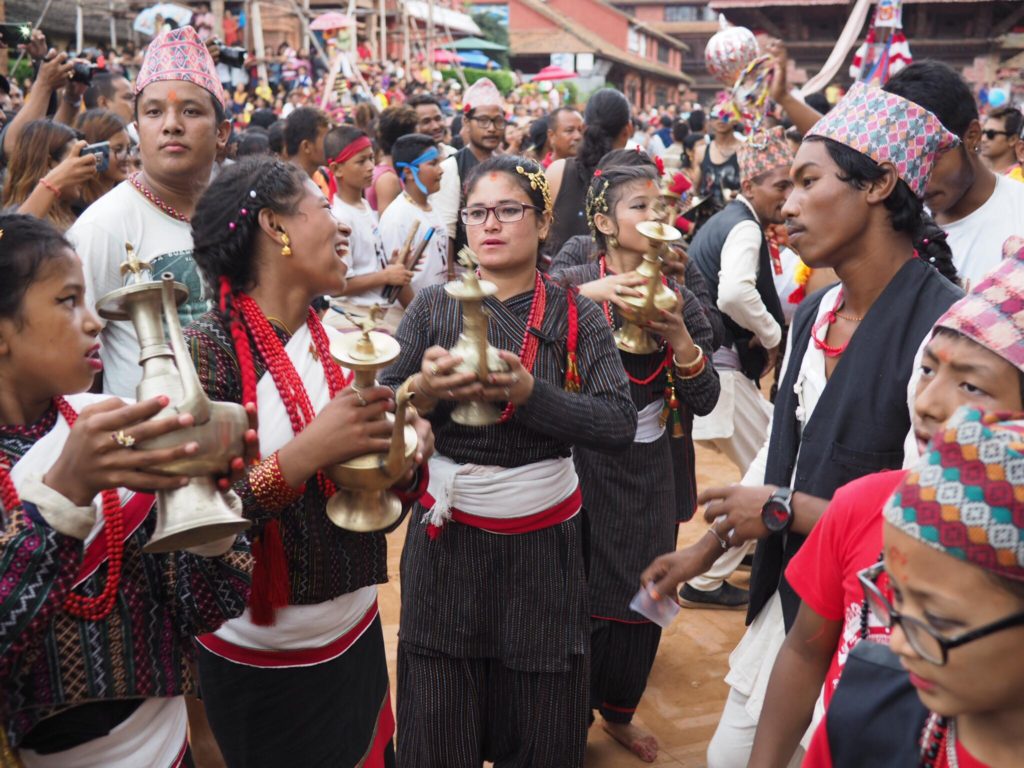
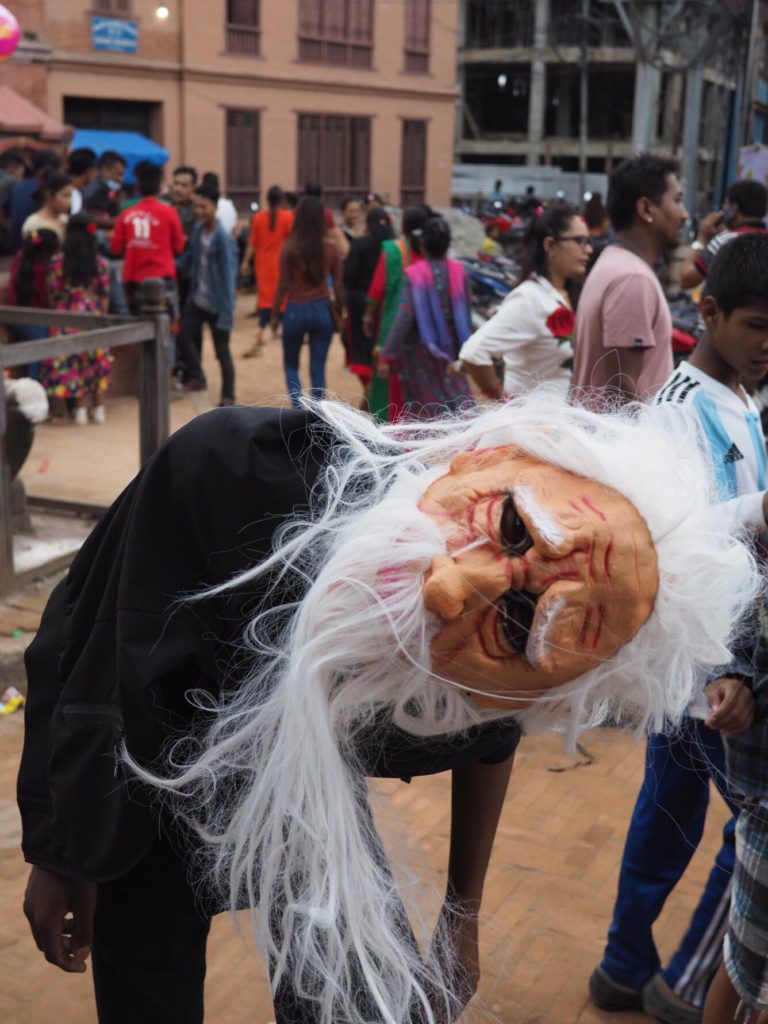
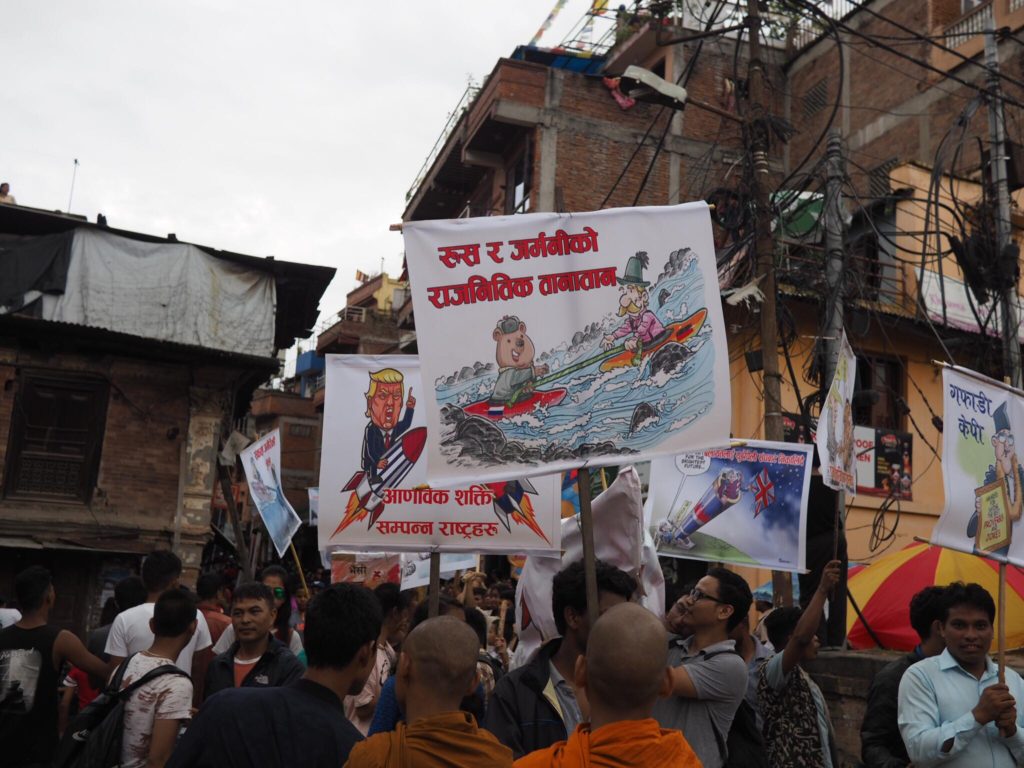
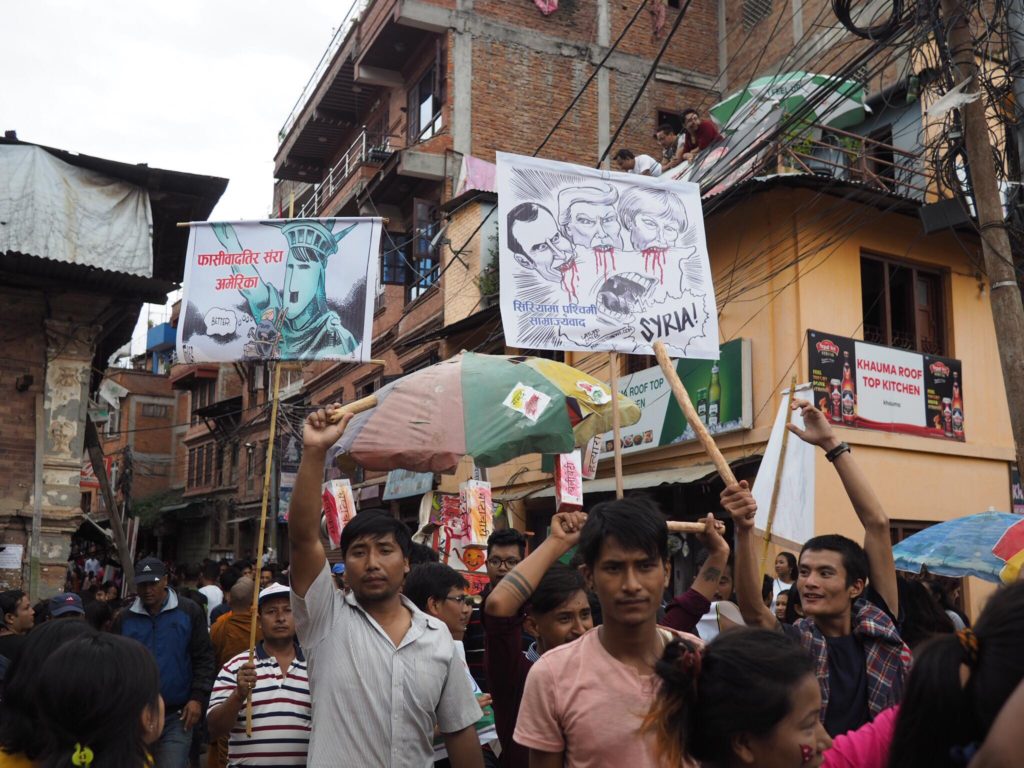
All these photos were captured by “Falgun Rana” who is a freestyle photographer based in Kathmandu, Nepal with a special interest in the Micro 4/3rds photography system.
All photos were taken with Olympus Pen-F camera with Panasonic 20mm f1.7 and Venus Optics Laowa 7.5mm f/2 lenses. None of the photos were edited or retouched.
He can be reached at falgunrana@yahoo.com. For more of his work please visit his page at Flickr.


